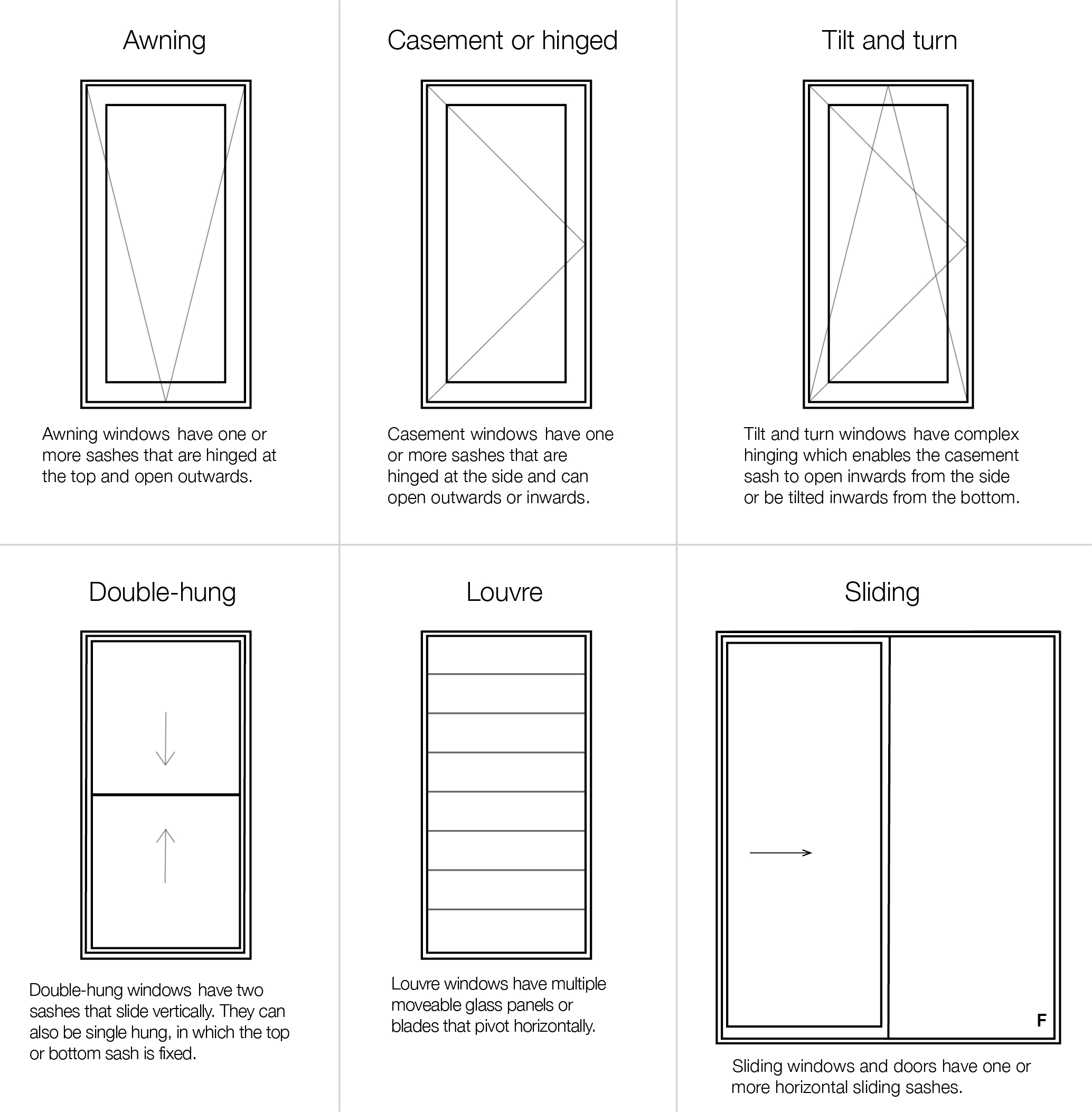All Categories
Featured
Table of Contents
Why Install Stunning Double Glazing Windows During Summer? in Burswood Perth
Glazing merely means the windows in your house, including both openable and fixed windows, as well as doors with glass and skylights. Glazing actually simply suggests the glass part, however it is normally used to refer to all elements of an assembly consisting of glass, movies, frames and home furnishings. Paying attention to all of these aspects will assist you to accomplish efficient passive design.

Energy-efficient glazing makes your home more comfy and significantly minimizes your energy costs. However, unsuitable or improperly developed glazing can be a significant source of unwanted heat gain in summertime and substantial heat loss and condensation in winter. As much as 87% of a home's heating energy can be acquired and up to 40% lost through windows.
Double Glazed Windows Sydney in Maddington Western Australia
Glazing is a considerable financial investment in the quality of your house. An initial financial investment in energy-efficient windows, skylights and doors can significantly lower your annual heating and cooling expense.

This tool compares window selections to a base level aluminium window with 3mm clear glass. Understanding a few of the essential homes of glass will assist you to pick the best glazing for your home. Secret properties of glass Source: Adjusted from the Australian Window Association The quantity of light that goes through the glazing is referred to as visible light transmittance (VLT) or noticeable transmittance (VT).
How Double Glazing Can Help Keep Your Home Cool In ... in Coolbellup Perth
The U worth for windows (revealed as Uw), explains the conduction of the whole window (glass and frame together). The lower the U value, the higher a window's resistance to heat flow and the better its insulating worth.
If your home has 70m2 of glazing with aluminium frames and clear glass with a U value of 6. 2W/m2 C, on a winter season's night when it is 15C chillier outside compared with inside, the heat loss through the windows would be: 6. 2 15 70 = 6510W That is comparable to the total heat output of a big room gas heater or a 6.
Double Glazed Windows And Doors In Perth in Bickley Perth

If you select a window with half the U worth (3. 1W/m2 C) (for instance, double glazing with an argon-filled gap and less-conductive frames), you can halve the heat loss: 3. 1 15 70 = 3255W The solar heat gain coefficient (SHGC) for windows (revealed as SHGCw) determines how easily heat from direct sunlight streams through a whole window (glass and frame together).
The lower a window's SHGC, the less solar heat it sends to the home interior. The real SHGC for windows is affected by the angle that solar radiation strikes the glass.
Double-glazing Versus Low-e Glass in Sinagra Western Australia
When the sun is perpendicular (at 90) to the glass, it has an angle of incidence of 0 and the window will experience the optimum possible solar heat gain. The SHGC stated by glazing makers is constantly determined as having a 0 angle of incidence. As the angle increases, more solar radiation is shown, and less is transmitted.
Latest Posts
Double Glazed Windows: A Complete Guide in Sorrento Western Australia
Faq in Wellard Western Australia
Will Triple Glazing Make My House Warmer? in Darling Downs Perth